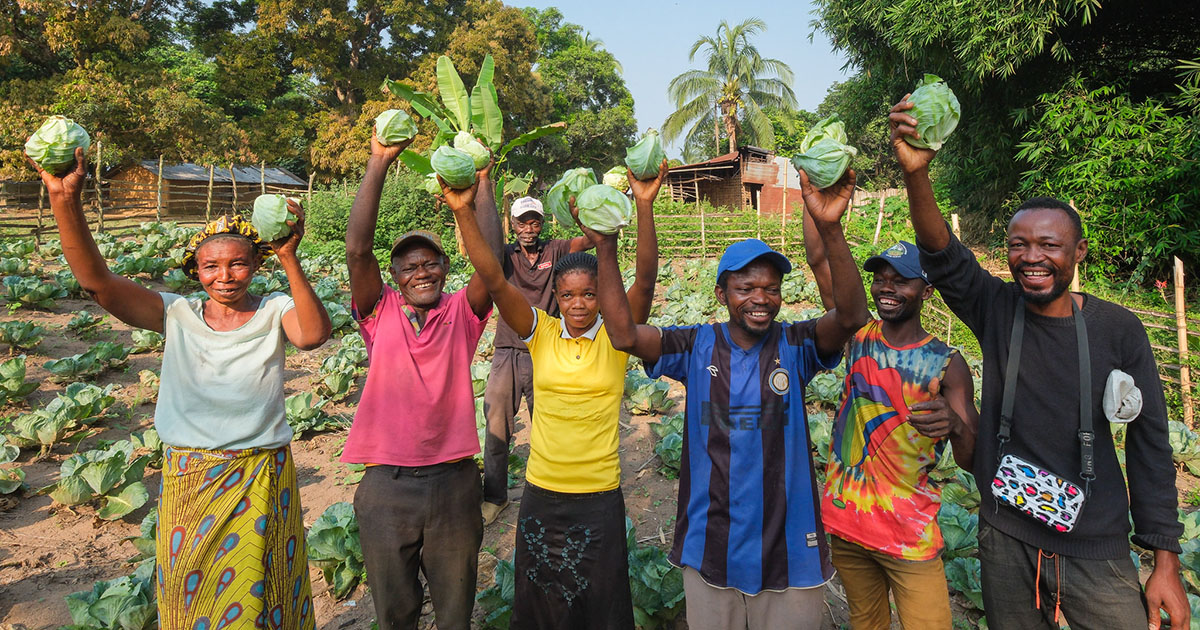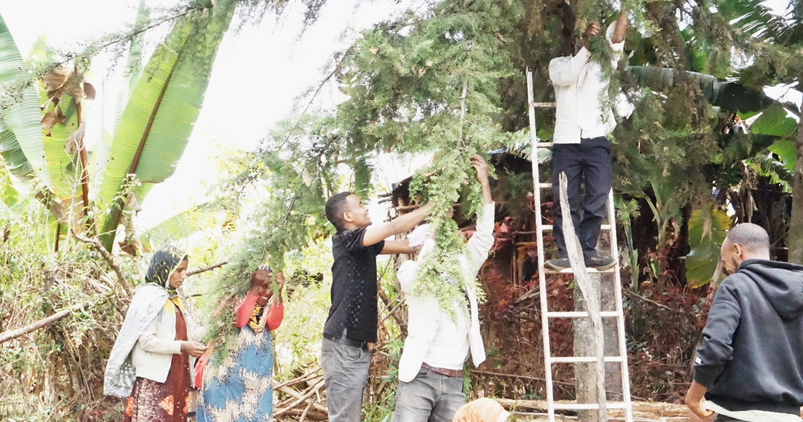Peruvian national and regional plans promoting oil palm have prompted a rapid expansion of the crop in the Amazonian region. This expansion has taken place primarily at the expense of forest, both undisturbed and disturbed. Assessments of carbon emissions from forest-to-oil palm conversion have essentially been confined to Southeast Asia, and research on Peruvian Amazonian forests has mainly targeted undisturbed sites. This study characterizes the vegetation structure and composition of disturbed forests and smallholder oil palm plantations and evaluates the change in ecosystem (that is, phytomass and soil) carbon stocks associated with forest-to-oil palm conversion. Inventories were conducted in four degraded forest sites neighboring six oil palm plantation sites in Ucayali. Time-averaged carbon stocks over the 30-year oil palm rotation were computed from models developed upon the sampled chronosequence (1 to 28 years old). Disturbed forests harbored species typical of primary forests, pioneer species and gaps opportunistic species. Their tree basal area (18.7 ± 1.4 m2 ha-1) and above-ground C stock (71.3 ± 4.2 Mg C ha-1) were, respectively, 50 and 60% of the values of undisturbed forests from the literature. The growth curve for oil palm above-ground biomass was consistently below models developed for plantations in Indonesia. Thirty-year time-averaged ecosystem C stock (Mg C ha-1) in oil palm plantations (78.2 ± 2.0) represented 55% of the stock in disturbed forest (140.9 ± 5.8), resulting in a 62.7 ± 6.1 loss from such conversion. These results reinforce recommendations to redirect oil palm expansion toward low-carbon degraded lands, sparing disturbed and undisturbed forests.
Download:
DOI:
https://doi.org/10.1007/s10021-020-00521-8
Dimensions Citation Count:
























